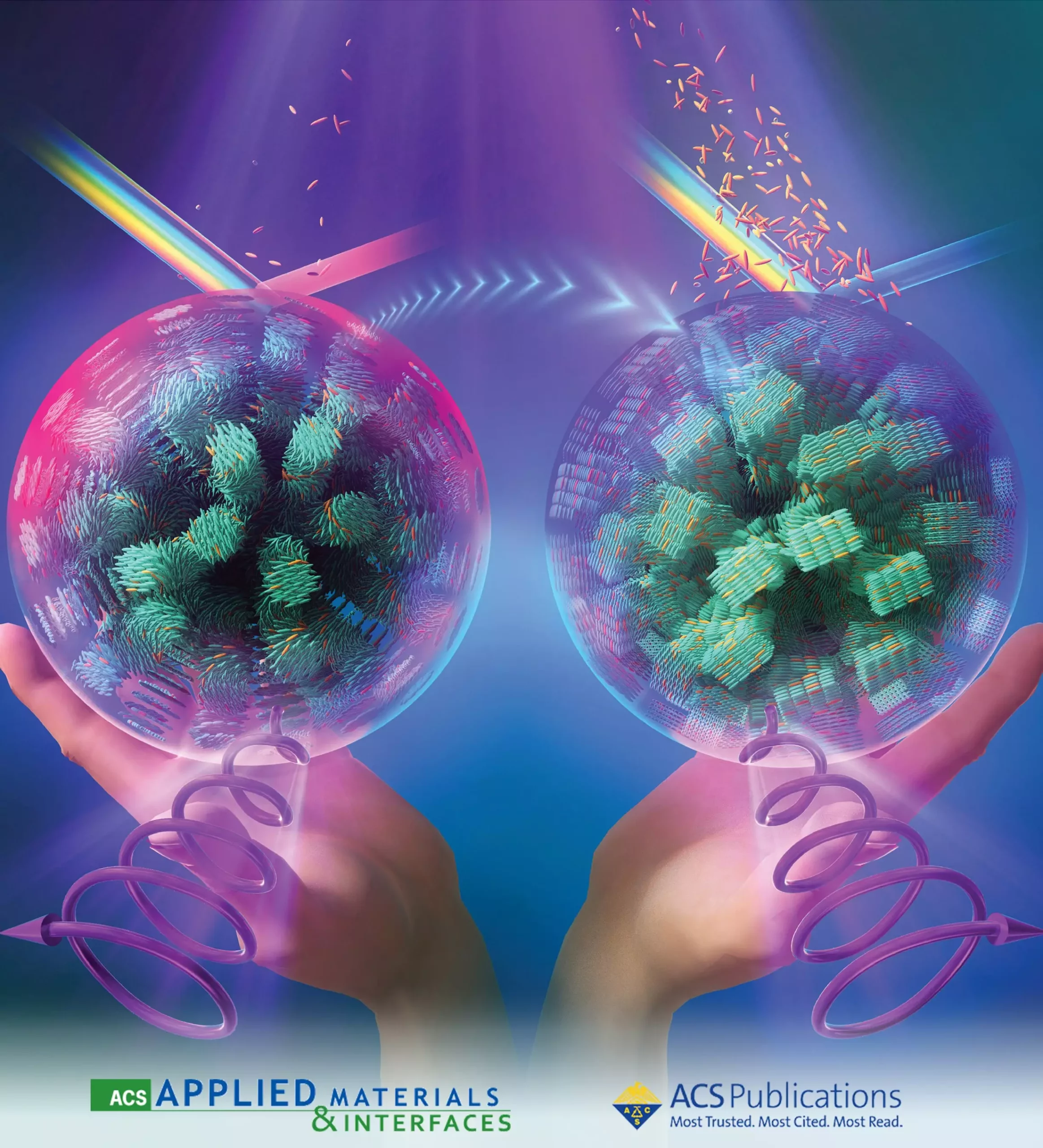In a world where counterfeit goods are becoming increasingly prevalent, the development of innovative anti-counterfeiting technology is crucial to safeguarding high-value products. A recent study conducted by a research group at Nagoya University has introduced a groundbreaking approach to creating anti-counterfeiting labels using fluorescent cholesteric liquid crystals (FCLCs). These advanced labels offer enhanced security features that make it incredibly difficult for counterfeiters to replicate.
Unlike traditional cholesteric liquid crystals (CLCs), FCLCs incorporate fluorescent dyes that cause the helical structure of the crystals to twist either to the left or right, a property known as chirality. This twisting affects how the crystals reflect light, resulting in a unique “light signature” that is nearly impossible to counterfeit. When viewed through a circular polarizer, hidden features emerge, revealing intricate details that serve as a primary security layer. Additionally, FCLCs can include components that respond only to ultraviolet light, offering a secondary verification method.
Professor Yukikazu Takeoka from Nagoya University explains that the combination of left circularly polarized light (CPL) and ultraviolet light is required to reveal the correct information on FCLCs. This dual-layer security significantly enhances the protection offered by traditional CLC-based anti-counterfeiting tags. The iridescent colors of FCLCs shift depending on the concentration of chiral dopant and the polarization of the light source, adding another layer of complexity for counterfeiters.
The development of FCLCs with both circularly polarized structural color and circularly polarized luminescence marks a significant milestone in the field of anti-counterfeiting technology. These advancements offer tremendous potential for securing high-value goods and protecting sensitive products from forgery. In the future, this technology could evolve to include additional security features, such as QR codes that become visible only under polarized light or passwords that appear under UV light.
With the continued advancements in FCLC technology, these labels could soon become an integral part of security protocols across various industries. The dual-verification system provided by FCLCs offers two layers of protection, making it extremely difficult for counterfeiters to replicate or tamper with these labels. As Jialei He, a member of the research team, noted, the structural color visible under polarized light and the fluorescent emission visible under UV light provide a robust defense against counterfeiting and ensure the integrity of high-value products.
The development of FCLCs represents a significant leap forward in the fight against counterfeit goods. By leveraging the unique properties of fluorescent cholesteric liquid crystals, researchers have created labels that offer unparalleled security features. These advancements pave the way for a future where anti-counterfeiting technology plays a vital role in protecting valuable items and ensuring the authenticity of products across various industries.

